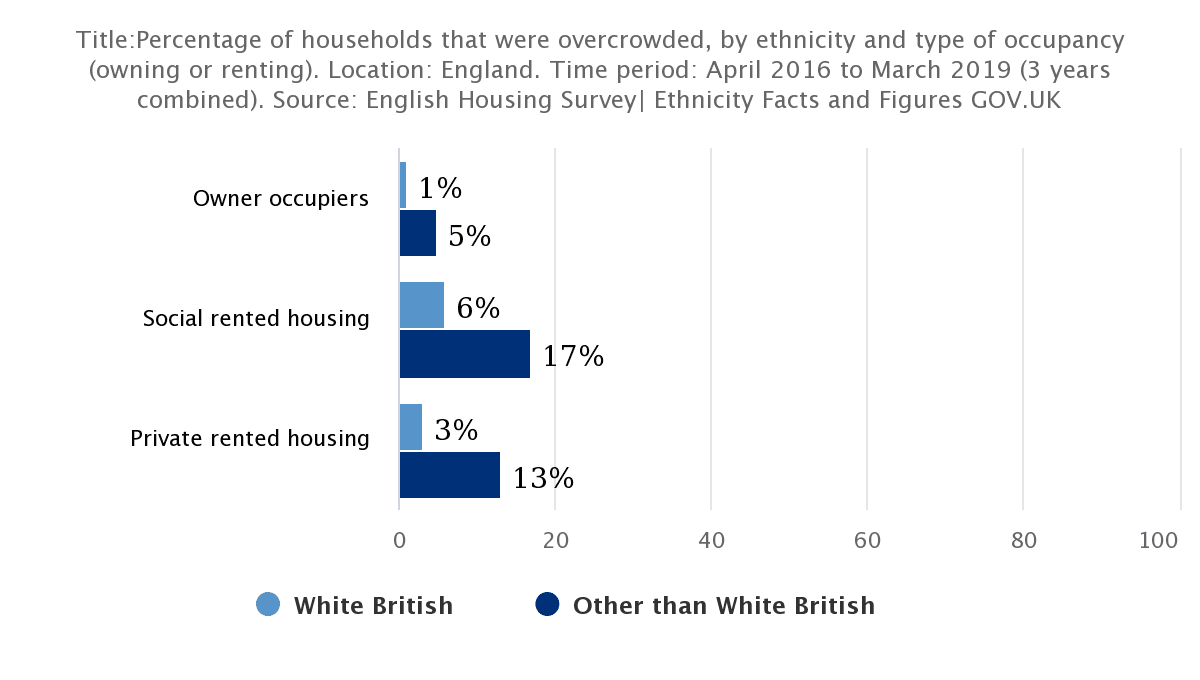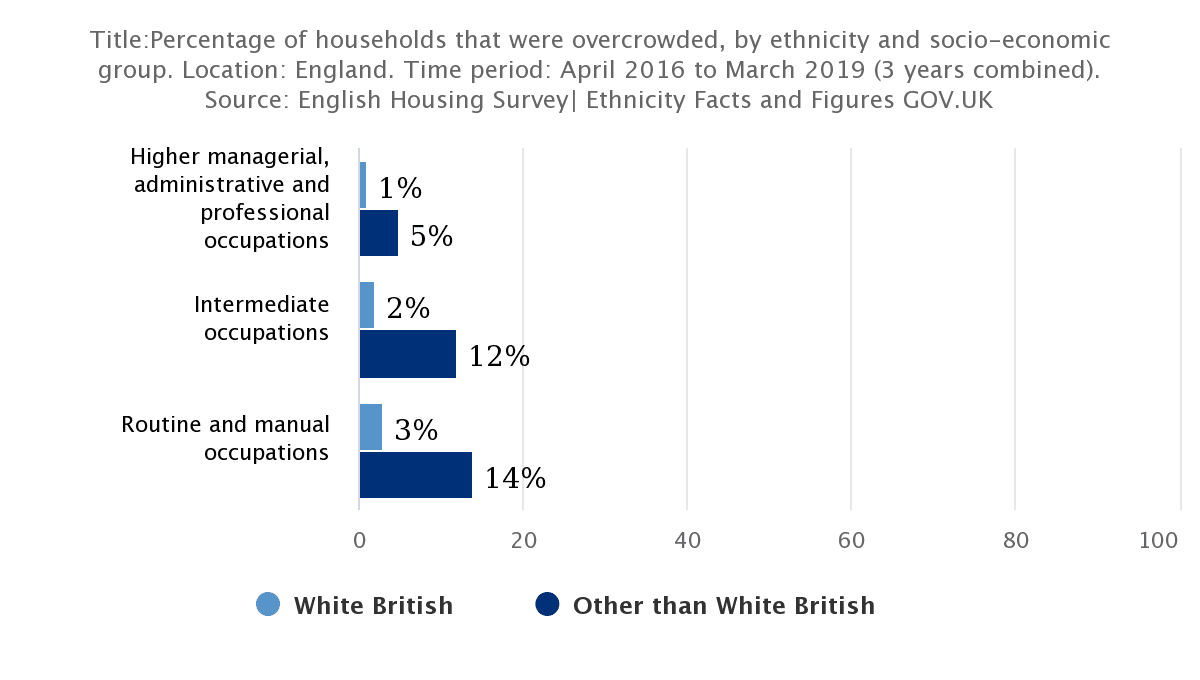A rogue landlord and a negligent local council are being blamed for the death of a man in a fire in a Tower Hamlets flat. However, the tragic incident also points to the institutional racism that pervades UK society – and particularly the housing sector.
Tower Hamlets: echoes of Grenfell
As Rivkah Brown wrote for Novara Media:
In the early hours of 5 March, a fire so severe it took 30 firefighters two hours to control it broke out in the Maddocks House estate in Shadwell, east London. Its source was a flat that had only two bedrooms yet housed 18 people, mostly Bangladeshi students and delivery drivers (it’s suspected the trigger was a faulty e-bike battery). Between them, the men paid around £8,000 a month for the privilege of being packed into bunk beds in mouldy, airless bedrooms. One of them, 41-year-old Mizanur Rahman, died in hospital from his injuries. It’s a miracle the others all survived.
In short, a landlord was exploiting these people. Tower Hamlets council had investigated the property in 2022. As the Guardian reported, resident organisation Maddocks House Support Group is claiming that both the council and the London Fire Brigade (LFB) knew the landlord was dangerously overcrowding the flat.
‘Negligence’
A residents’ blog, the Tarling West Estate, wrote that:
Other residents of Maddocks House had made complaints about the flat to Tower Hamlets Homes (THH), representatives from the Council and to other agencies, about leaks and other problems resulting from its dangerous overcrowding and poor state of repair for years, since 2019 at least. The Residents Association has for a long time struggled with THH’s poor management of the estate and lack of attention to residents calls for attention to the poor conditions on the estate. The Residents Association is currently preparing a report about the fire summarising this history of complaints, poor repairs and negligence on the part of the Council and its managing agent THH.
Yet both the council and the LFB failed to act. Tower Hamlets council has launched a criminal investigation into the fire. However, as a spokesperson for Maddocks House Support Group told the Guardian:
We are concerned about the criminal investigation being led by the London borough of Tower Hamlets, who are in effect investigating themselves. We are worried about them deflecting blame when senior officials from the borough and Tower Hamlets Homes bear responsibility.
All of this has echoes of Grenfell. The situation is also similar in terms of council negligence to a recent fire in Haringey. There, residents had also been warning of the council’s failures, this time over fire safety. However, in Tower Hamlets the landlord’s horrific attitude, and the council’s negligence, sum up the institutionally racist housing sector in the UK.
Overcrowding: an issue of racism and classism
Government figures show that over 700,000 households are overcrowded – meaning they have fewer bedrooms than they need. However, Black and brown people are disproportionately affected by this. The latest figures show the percentage of households that were overcrowded, by ethnicity:
- Bangladeshi – 24%.
- Pakistani – 18%.
- Black African – 16%.
- Arab – 15%.
Meanwhile, just 2% of white British households are overcrowded. This has a lot to do with the types of properties people live in. Social housing landlords are disproportionately overcrowding Black and brown people, as are private landlords:

The latest census data also shows how the UK housing market is institutionally racist. Black and brown people disproportionately live in social housing, which is plagued by overcrowding:
Landlords squeezing too many people into one property is also an issue of class for Black and brown people. The poorest people were the most overcrowded:

Of course, none of this is new. Poor Black and brown people’s experiences of housing in the UK have barely improved since at least the 1960s. Moreover, as Kevin Gulliver wrote for the London School of Economics, other institutionalised racism then intersects with housing:
Over-concentration of BAME households in the most deprived neighbourhoods in Britain’s cities, linked to poor housing conditions and lower economic status (some of Marmot’s ‘social determinants’) ensure negative impacts on health, culminating in lower life expectancy and higher morbidity rates among ethnic minorities.
He also noted that:
welfare reforms [are] disproportionately impacting ethnic minorities. The roll-out of Universal Credit is having greater effects on the living standards of BAME people since a larger percentage experience poverty
How many more times?
The fire in Shadwell is a microcosm of all this. The landlord’s entire MO was racist: exploiting brown people to the tune of thousands of pounds a month while dehumanising and degrading them. Tower Hamlets council’s response was then institutionally racist. It ignored residents’ and local people’s concerns when the vast majority of them are Bangladeshi. We’ve seen this level of institutional racism before – it recently led to the death of two-year-old Awaab Ishak in Rochdale, from exposure to extreme mould and damp.
As Tarling West Estate blog wrote:
The death of Mizanur Rahman was completely and utterly preventable. It was a result of the criminal activity of the landlord that he died, but just as equally due to the negligence of the licencing authority, London Borough of Tower Hamlets, and the housing management organisation, Tower Hamlets Homes, which has just gone back into control of Tower Hamlets Council.
However, all this leads back to the racism against Black and brown people that’s still entrenched in UK society. As the Canary‘s Maryam Jameela previously wrote:
This rotting society is only as good as its most vulnerable people. What does that make the UK? A country that has unending sympathy and generosity of spirit for whiteness in all its guises, and a vicious disdain for brown people.
Mizanur Rahman’s death on the watch of his rogue landlord and Tower Hamlets council only serves to underline this.
Featured image via London Fire Brigade
















